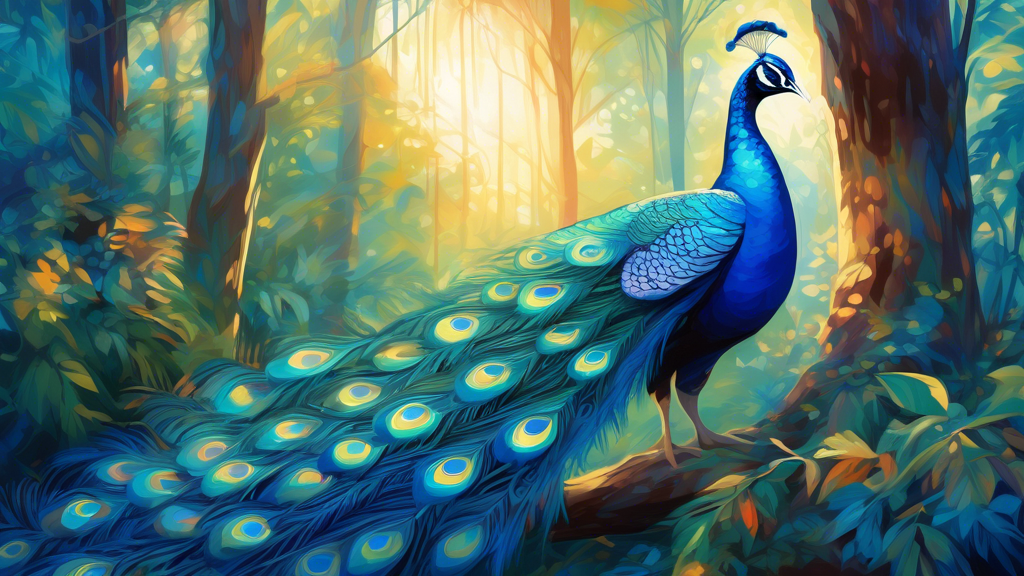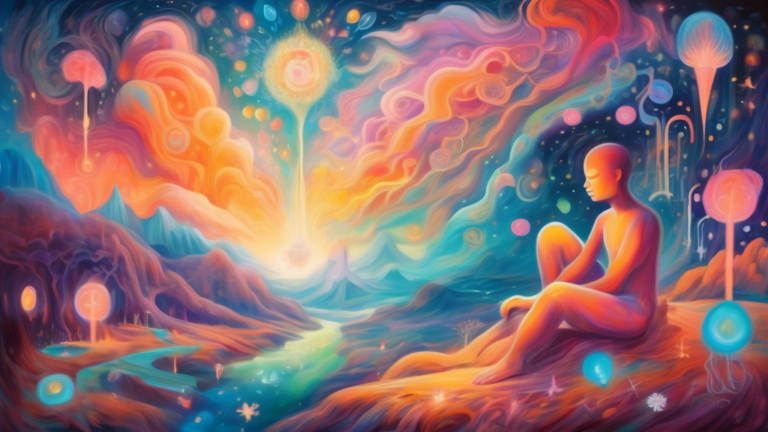Exploring the Spiritual Significance of the Blue Peacock
Introduction to the Blue Peacock
The blue peacock, also known as the Indian peafowl or Pavo cristatus, is not only celebrated for its exquisite beauty but also revered across various cultures for its spiritual symbolism. This bird, with its vibrant plumage and majestic presence, features prominently in the folklore, religious rituals, and artistic expressions of many societies.
Spiritual Symbolism of the Blue Peacock
The blue peacock holds a multitude of spiritual significances, varying widely from one culture to another. It is often associated with qualities like integrity, spirituality, immortality, and renewal.
In Hinduism
Within Hinduism, the peacock holds a revered place. The bird is associated with the deity Saraswati, the goddess of wisdom, music, and art. It is often depicted alongside her, symbolizing purity and the refusal to consume corrupt or decaying matter, reflecting the spiritual teachings of incorruptibility and virtue. Furthermore, the peacock is also associated with the warrior deity Kartikeya, who rides on its back. This association highlights attributes of bravery and martial prowess.
In Christianity
In Christian symbolism, the peacock represents immortality, the resurrection, and the spiritual teachings of Jesus. The ‘eyes’ in the peacock’s tail are sometimes viewed as the all-seeing eyes of the church, watching over the faithful. Additionally, the renewal of the peacock’s feathers each year symbolizes the renewal of life, an echo of the promise of eternal life in Christian doctrine.
In Buddhism
In Buddhism, the peacock signifies purity and their role is depicted differently across various texts. It is said to have the ability to consume poisonous plants without being affected, symbolizing the Buddha’s teaching about overcoming life’s sufferings without being harmed spiritually. The peacock thus represents a creature that has mastered the challenges posed by life but remains unperturbed.
In Greco-Roman Mythology
In Greco-Roman mythology, the peacock is linked to Hera (Juno to the Romans), the queen of the gods. According to mythology, Hera created the peacock from Argus whose hundred eyes were placed on the peacock’s tail, symbolizing the all-seeing and all-knowing goddess. This myth emphasizes the themes of watchfulness, protection, and nobility.
Cultural Reflection and the Blue Peacock
The peacock’s appearance itself symbolizes grandeur, pride, and beauty. In many cultures, peacocks are a symbol for the cosmos, their many-eyed tail feathers representing the stars. In terms of cultural reflection, peacocks are often used in the art and architecture of sacred spaces, further underscoring their spiritual significance.
Conclusion
The spiritual significance of the blue peacock spans across different religious and cultural landscapes, each attributing its own meanings and symbolism to this majestic bird. Whether it’s viewed as an emblem of immortality, a bearer of purity, or a symbol of resurgence, the blue peacock continues to be a powerful representation in various spiritual contexts.
This reveals not only the universal appeal of the peacock but also the depth of human culture in finding sacredness and significance in the natural world.
Spiritual Significance of Sunflowers in Dreams
Exploring the Meaning of Green Crystals







